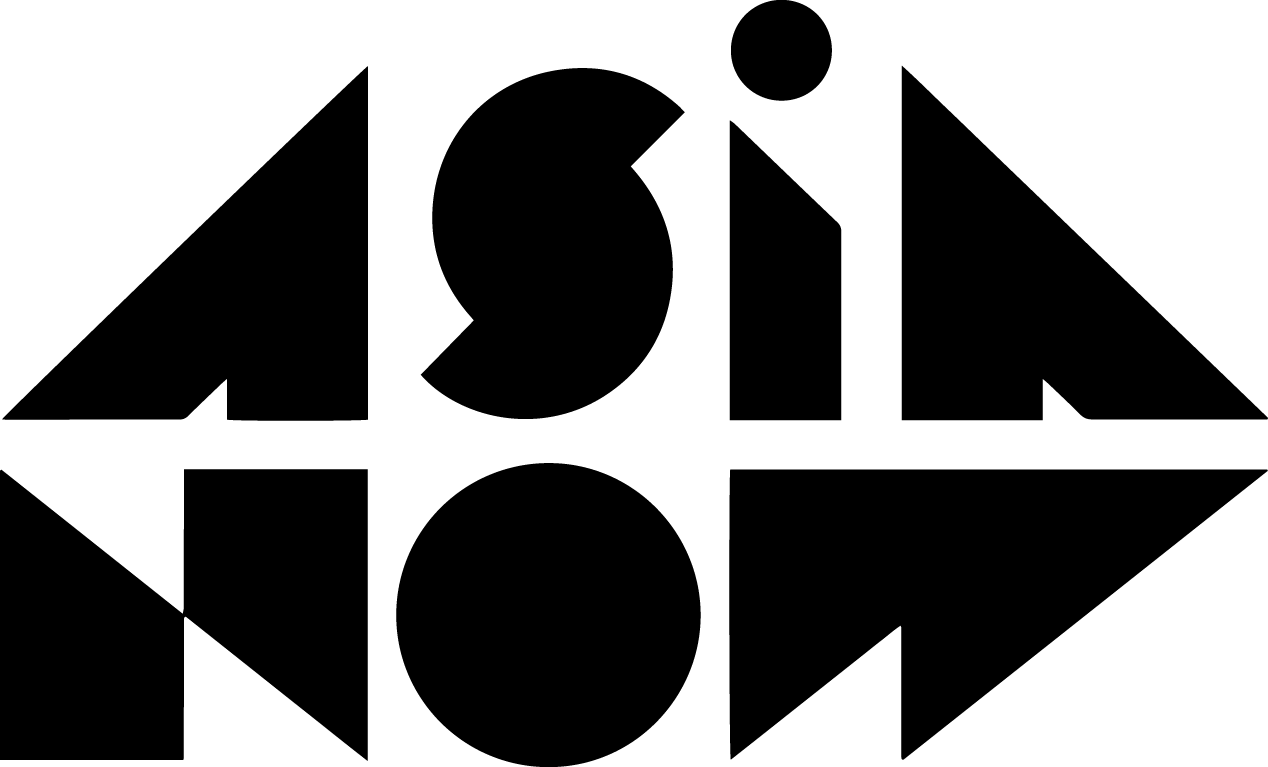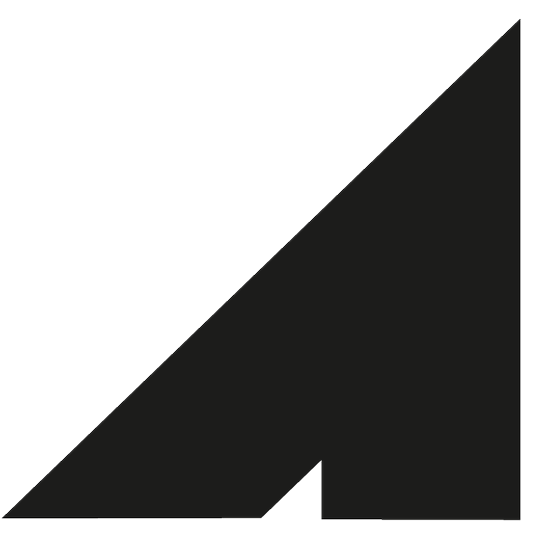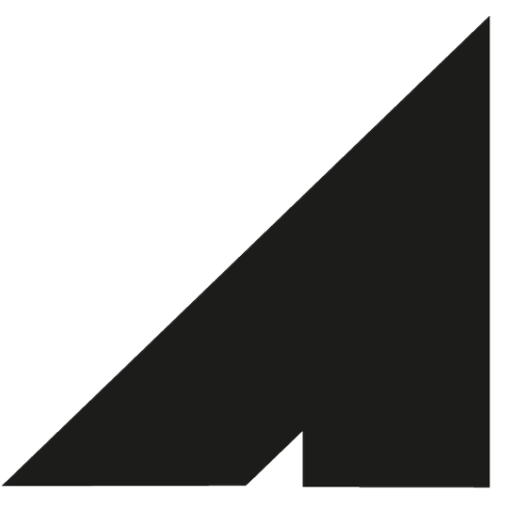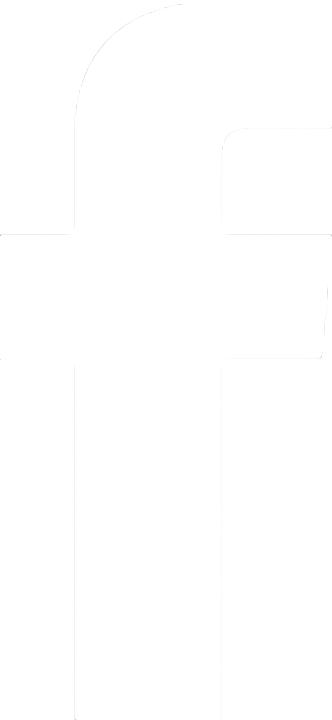Focus on West Asia
Curatorial text by Arnaud Morand
The Edge is Fertile
To speak of “Asia” today is to step into a living field rather than a fixed map.
Growth, in this sense, is not simply a matter of scale or accumulation; it is an ecology of relations. Asia NOW’s theme, GROW, invites us to inhabit this system and to attend to the ways perceptions take root, branch, graft, and transform. Growth here is rhizomatic—less a straight line than a weave of solidarities, temporalities, and shared practices. It asks us to look at how communities cultivate one another across distances, how memory and imagination replenish the soil of the present, and how new shoots appear where boundaries once seemed impermeable.
In this frame, West Asia— routinely bundled into the “Middle East” and often treated as an appendix to other narratives—appears not as a periphery but as a set of fertile contact zones. From Beirut to Riyadh, Dubai to Ramallah and Manama, the region’s cultural scene has developed agile languages for making, hosting, and sustaining art. GROW captures this shift: instead of imagining Asia as a line stretching neatly from Tokyo to Tehran, we encounter Asia as a mutable, plural paradigm—philosophical as much as geographic, relational rather than monolithic. The old coordinates blur, and with them the hierarchies they sustained.
If Leela Gandhi has described “affective communities” as fragile constellations of friendship, solidarity, and shared feeling across difference, the Arab intellectual tradition offers a resonant echo in Ibn Khaldun’s notion of al-ʿasabiyya (العَصَبِيّة). Writing in the fourteenth century, Khaldun understood ʿasabiyya not simply as kinship but as the force of cohesion that binds people into a collective body, enabling culture, knowledge, and civilization itself to flourish. Where Gandhi emphasizes the ethical affect that links strangers, Khaldun situates growth in the strength of communal bonds, in the shared energies that allow societies to endure and transform. To think of Grow through the lens of both Gandhi and Khaldun is to see art as a practice of binding: weaving together gestures, memories, and alliances into solidarities that are at once intimate and world-making.
GROW also resonates with Leela Gandhi’s idea of “affective communities,” where friendships, small acts of solidarity, shared stories, and mutual care become the gardeners of ethical life. In West Asia’s artscape, this affective dimension is not ornament; it is the method. It shows up in artist–artisan collaborations, in grassroots platforms, in flexible formats that hybridize the institutional and the informal, the
public and the private, the commercial and the non-profit. Growth, then, is not spectacle. It is patient cultivation—of trust, of methods, of forms that answer to layered histories and emergent publics.
Stepping aside from the usual rhetoric and topics of mega-infrastructure and mega-projects in the region, West Asia’s presence at Asia NOW redirects our gaze to the porous, the emergent, and the in-between.
Here, growth is a practice of making room—of widening the canopy so that different species of thought and form can coexist. The Edge is fertile.
Poetics of the Moon
One locus of this growth is Under the Aegis of the Moon, a commissioned project by Chinese artist Han Mengyun and proposed by the French Agency for AlUla Development (AFALULA) and Arts AlUla. The work unfolds as a performative installation where poetry and video rise with the moon, inviting viewers into a night-time attention that is reflective rather than declarative. Born from the artist’s research residency in AlUla—where landscape, silence, and geological time converge—the project foregrounds sincerity as a form of presence. It is a counter-gesture to the loud and the large: a quiet, lunar pedagogy in which intuition and vulnerability are not weaknesses but conditions for seeing anew. In the logic of GROW, this is a cultivation of inner climates: a way of tending to perception so it can host other ways of knowing.
Hybrid ecologies of practice and formats
If Han’s piece cultivates a lyric interiority, Art & Ideas (an initiative of Saudi Arabia’s Visual Arts Commission) cultivates the ecosystem. Through a discursive platform and the panel The Edge is the New Centre: Experiments in Formats, featuring Vittoria Matarrese (Independent Curator, Artistic Director, Riyadh Art Week), John Tain (independent curator, curator Lahore 03), and Anissa Touati (independent curator, cultural strategist, visiting scholar at Brown University), the program considers how hybrid models are reshaping the conditions of making and showing art. Examples drawn from Riyadh Art Week, the Lahore Biennale, and initiatives in Bahrain, Istanbul, and Agra illustrate a turn toward formats that bend rather than break: temporary but durable, light in infrastructure but heavy in consequence. Growth here is a matter of adaptive design—forms that can root in different soils, withstand shifting climates, and still nourish long-term impact.
Ghosts and Resonances
Ahaad Alamoudi’s recurring activation, Ghosts of Today and Tomorrow, threads the fair with sound and light—registers in which memory travels as vibration. The work stages the friction where the ancestral touches the contemporary, where heritage circulates not as a monument but as a frequency. In a hauntological key, it reminds us that growth is never only about the new. Old voices germinate in the present; futures are seeded by returns. What looks like a cut in time can be a graft.
Expanding the Landscape
Saudi artist Mohammed Alfaraj’s Palm Tree Project encircles the columns of La Monnaie de Paris with representation of living trunks. The palm is old technology: a species of knowledge for thriving at the edge, a grammar of shade and sustenance. Moved into the urban heart of Paris, it becomes a symbolic architecture, braiding desert genealogies into a neoclassical fabric and literalizing the theme of GROW as a conversation between climates.
Nearby, the dialogue Monnaies du sol, trames de mémoire gathers Désiré Moheb-Zandi (Turkey) and Marion Flament (France) into a single, stratified landscape. Suspended above, Moheb-Zandi’s large textile—made from regenerative hemp, Anatolian wool, plant-dyed fibers, and recycled threads—holds the memory of gestures transmitted through hands. At ground level, Flament composes raw earth and red stones with embedded metallic fragments that suggest treasure, barter, and the origins of currency along the Silk Road. Together they stage a fictional archaeology: a meeting of vertical and horizontal memory, of textile and soil, where value is reimagined in ecological and anthropological terms. Growth is not only a matter of more; it is a matter of what we count, and why.
The monumental jacket by Laïla Tara H (Iran) extends this inquiry into memory’s materiality. Quilting hemp paper, miniature painting, antique debt ledgers, salvaged textiles, sequins, stones, and cast bronze onto a papier-maché support at three times life size, the work conflates intimate drawing with an exterior skin of aesthetic memory. Blind memory lines the inside; the outside is a palimpsest of motifs and times. It is less a garment than a time-machine: an argument that growth is also accretion, layering, the careful stitching of past and present into a form that can be worn by neither but speaks for both.
Screens and Stages
Iranian curator Zohreh Deldadeh (Poush) assembles a screening program featuring artists such as Pooya Razi, Pooya Abbasian, Azin Feizabadi, Elaheh Esmaili, Parisa Aminollahi, Siavash Naghshbandi, Mina Keshavarz, Sara Rajaei, Sogol & Joubeen, and Arash Fayez. The program opens an aperture onto the breadth of contemporary Iranian moving image—oscillating between fiction and documentary registers, intimate testimony and collective narrative. Across these works, growth appears as a politics of attention: staying with difficulty long enough for nuance to emerge.
In dialogue with the screens, a site-specific performance by Mina Bozorgmehr and Hadi Kamali, Between the Lines, tunes itself to the architecture of La Monnaie, while Pascal Hachem’s performance Threaded Whole tests the threshold where gesture becomes testimony. The “cut” is not the end of continuity but its disclosure; it shows how we are sewn into larger wholes even as we separate. Here, growth is a grammar of editing: pruning to let light in, cutting to let circulation happen.
Within Asia NOW’s expanded platform for moving image, Sarah Brahim’s installation I like never, I also like ever offers a meditation on weight and release through two levitating bodies in dialogue. The work reads movement as a metaphysical proposition—how bodies remember, suspend, fall, and heal. It sits squarely within the ethos of GROW: cultivating embodied knowledge so that other forms of relation can be learned.
In I like never, I also like ever, the viewer is placed at the center of two levitating bodies. The video installation explores a repetitive and extremely slow movement, fragmented into a multitude of images that stretch the experience over time. Starting from a classical dance figure, the plié-jump, Sarah Brahim deliberately erases points of departure and arrival, as if to defy gravity and suspend time itself. The moment of levitation then expands into infinity, releasing the bodies into a state of permanent weightlessness, where repetition becomes a form of ritual.
In the context of GROW, this work resonates as a meditation on transformation and resilience: the body, suspended between fall and ascent, becomes a site of potential and renewal. By dissolving beginnings and endings, Brahim opens a space where growth is not linear but cyclical—an expansion that emerges through repetition, slowness, and the subtle stretching of time itself.
Prizes and Residencies Seeds as
Growth is not only what appears in public; it is also what is planted in quieter soils. The RAK Art Foundation Prize (Bahrain) embodies this ethic, awarding two artists a one-month residency at The Art Station in Muharraq Souq, with full travel, accommodation, and production support. Crucially, each residency centers collaboration with Bahraini artisans—practices such as weaving, palm-fiber work, pearl fishing, mudbrick or coral-stone construction, goldsmithing, pottery, and music. The prize reframes growth as continuity: techniques transmitted across generations, skills that are not merely preserved but adapted, living methods that earn tomorrow by honoring yesterday. In a field that often conflates novelty with value, this is a different investment logic.
Galleries as Connective Tissues
The galleries anchoring West Asia’s presence at Asia NOW help map a transregional network. Al Markhiyah Gallery (Doha) presents Ameena Al Boinin, Alanoud Al-Buainain, Amina Al Yousef, and Hind Al Saad. Gazelli Art House (Azerbaijan) shows Agil Abdullayev, Aida Mahmudova, Aziza Kadyri, and Yeonsu Ju. Katara Art Center (Qatar) brings Hamad Aifayhani and Noora Al Hardan. Additional presences—NIKA Project Space; Vision Art Platform with Anita Taylor, Berna Dolmacı, and Lara Sayılgan; Lungley Gallery with Maya Balcioglu; BY LARA SEDBON with Golnaz Payani; Esther Schipper with Cemile Sahin; and Galerie LJ with Rusudan Khizanishvili—extend the canopy. Each space is a conduit; each artist, a graft point where practices and publics meet.
Towards a Relational Cartography
What does it mean, finally, to grow West Asia into Asia NOW? It means rethinking growth as relation rather than conquest, as deepening rather than merely spreading. It means noticing that what we used to call margins are, in fact, laboratories where new forms are prototyped—forms of making, of convening, of care. It means recognizing that value has roots in more than markets: in earth and fiber, in voice and breath, in techniques that carry centuries of memory and still yield new fruit.
La Monnaie de Paris, with its palimpsest of coins, stones, and vaulted histories, hosts this season of planting: palms circling columns, textiles hanging like recollections, videos flickering as testimonies, performances cutting and suturing, ghosts humming across light and sound. Growth here is a practice, not a promise. It asks for maintenance and attention. It is a way of being with others that lets futures take hold.
If GROW names a theme, West Asia offers a method: rooted yet restless, haunted yet forward-leaning, committed to continuity and to invention in the same breath. Step into this program and you may feel the coordinates tilt—not to disorient, but to recalibrate.
For Growth is what happens when we undertake that project together.
Photo © Han Mengyun
